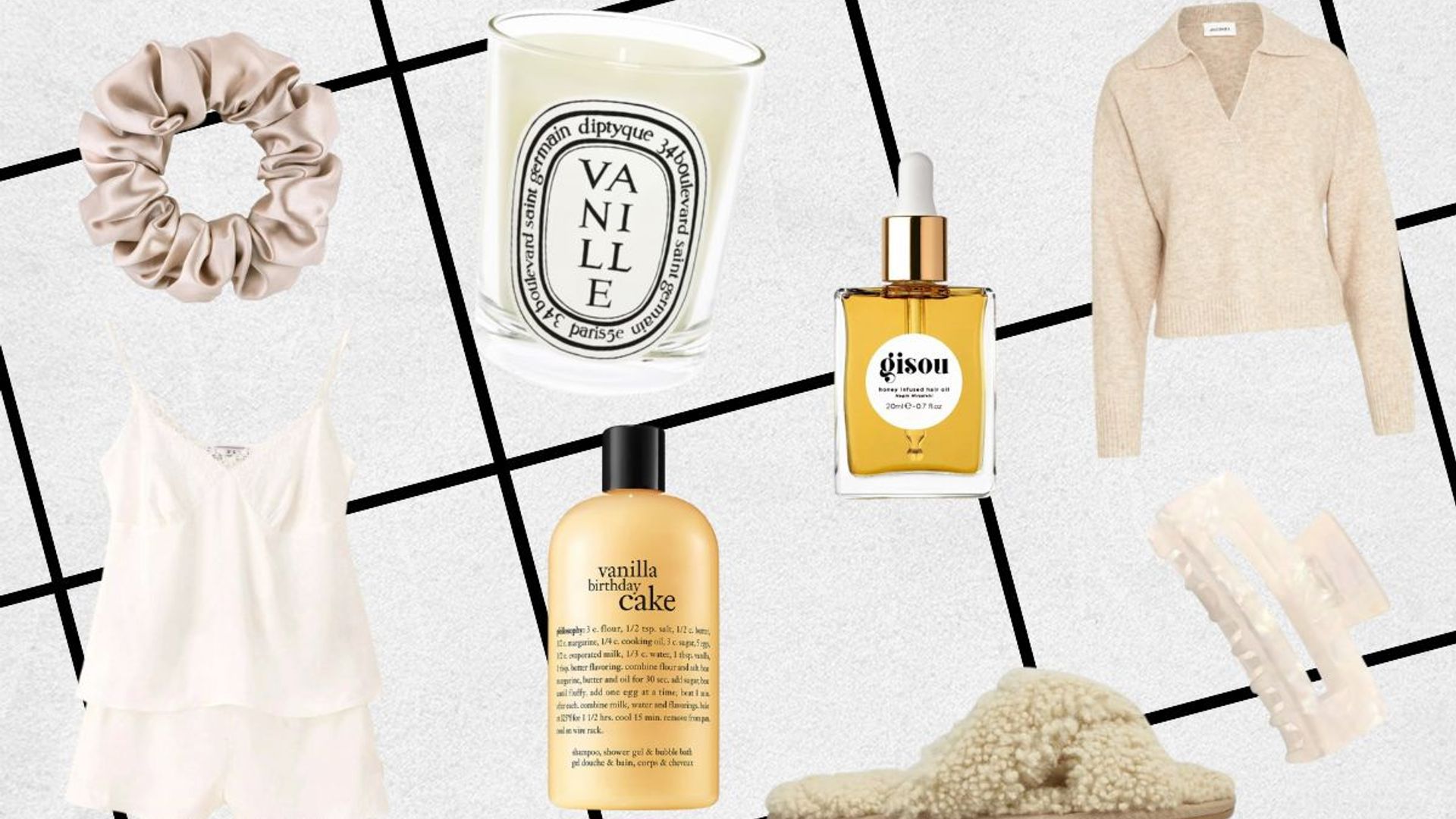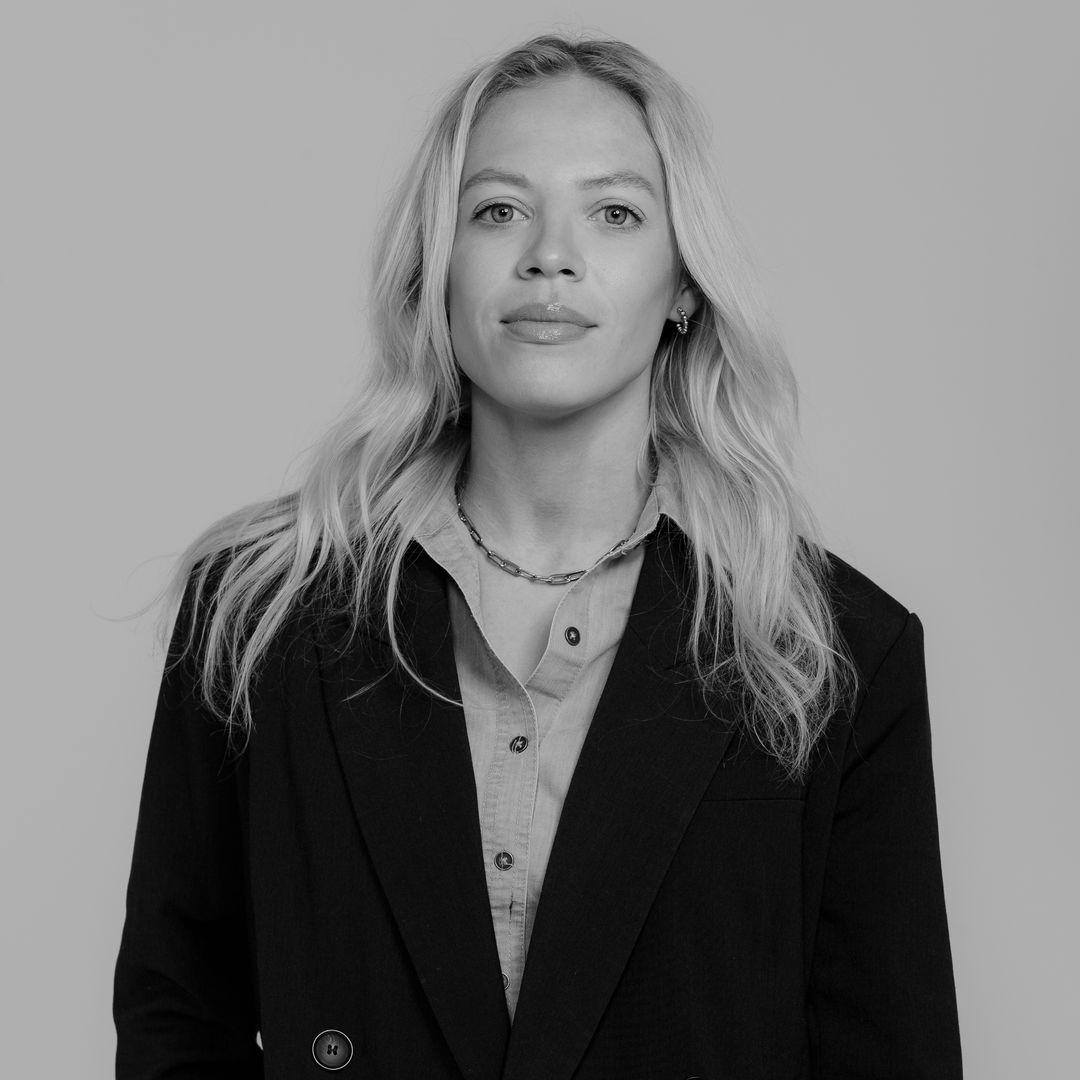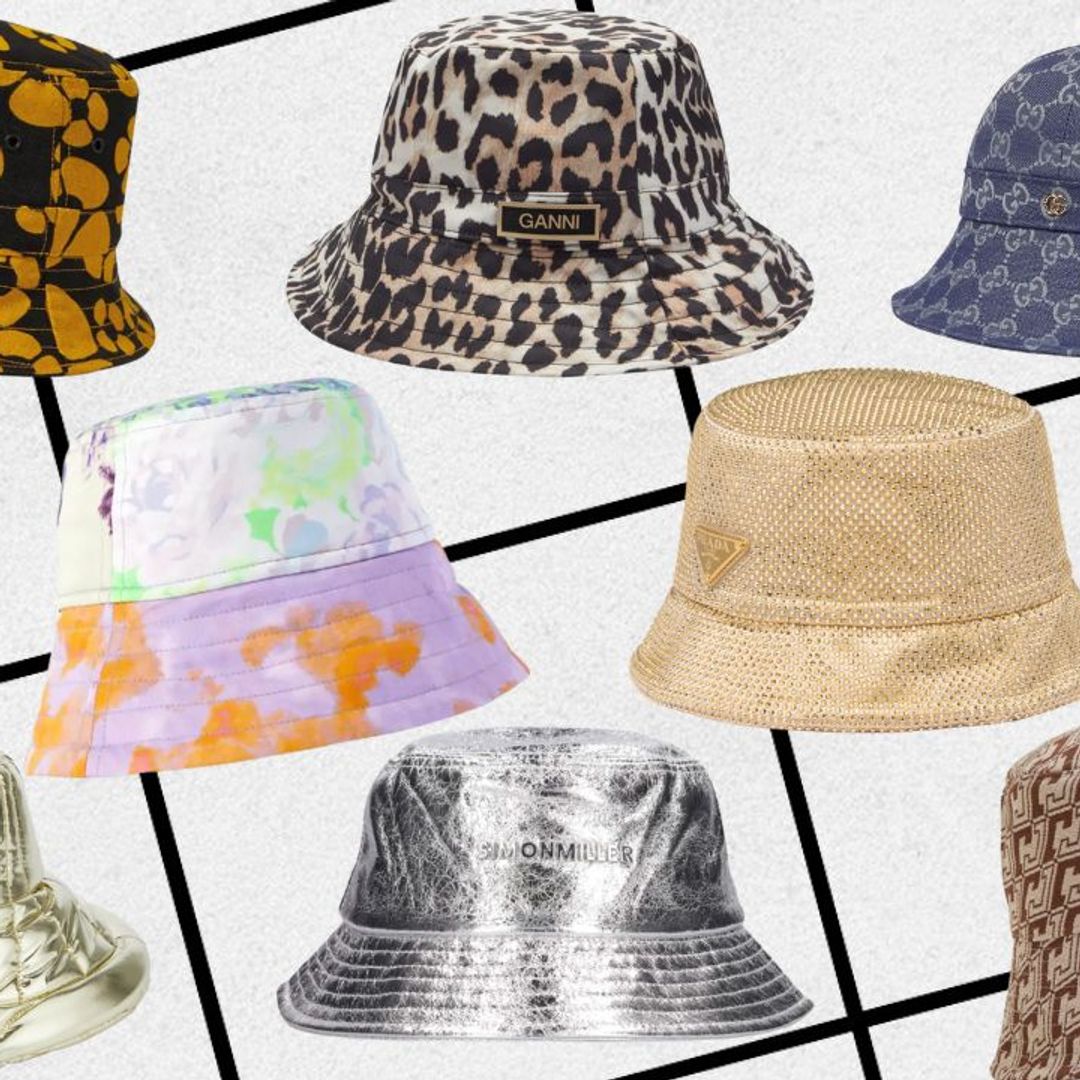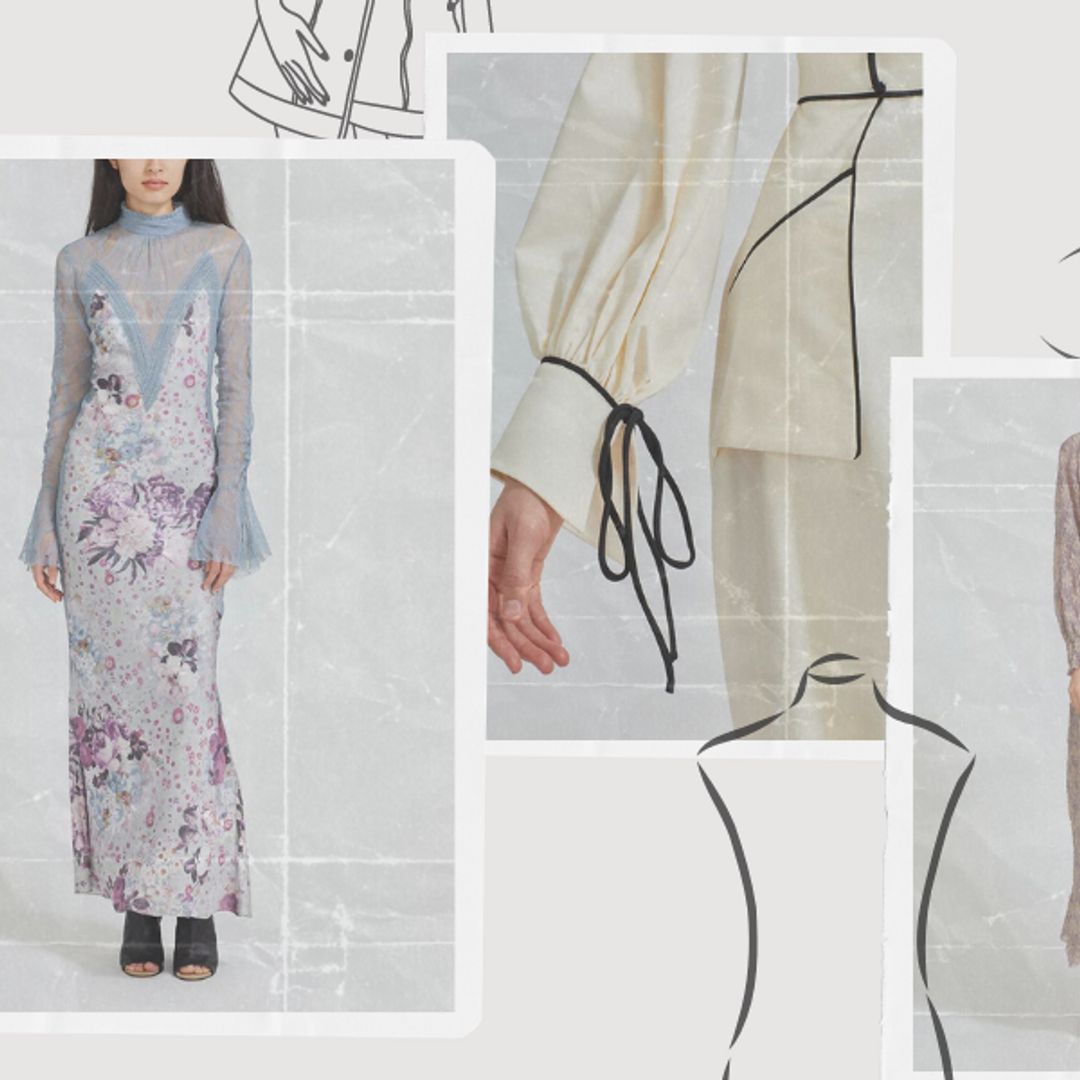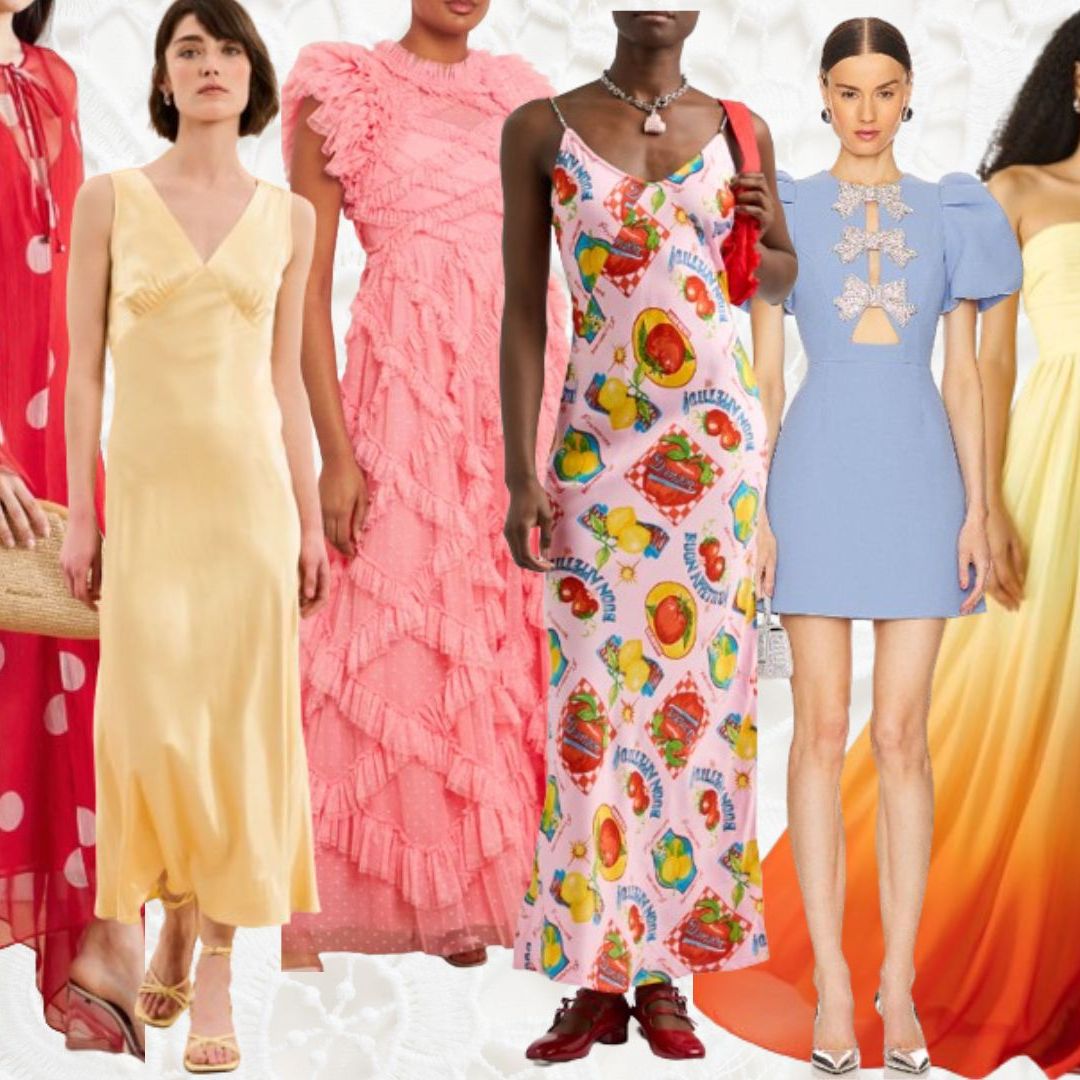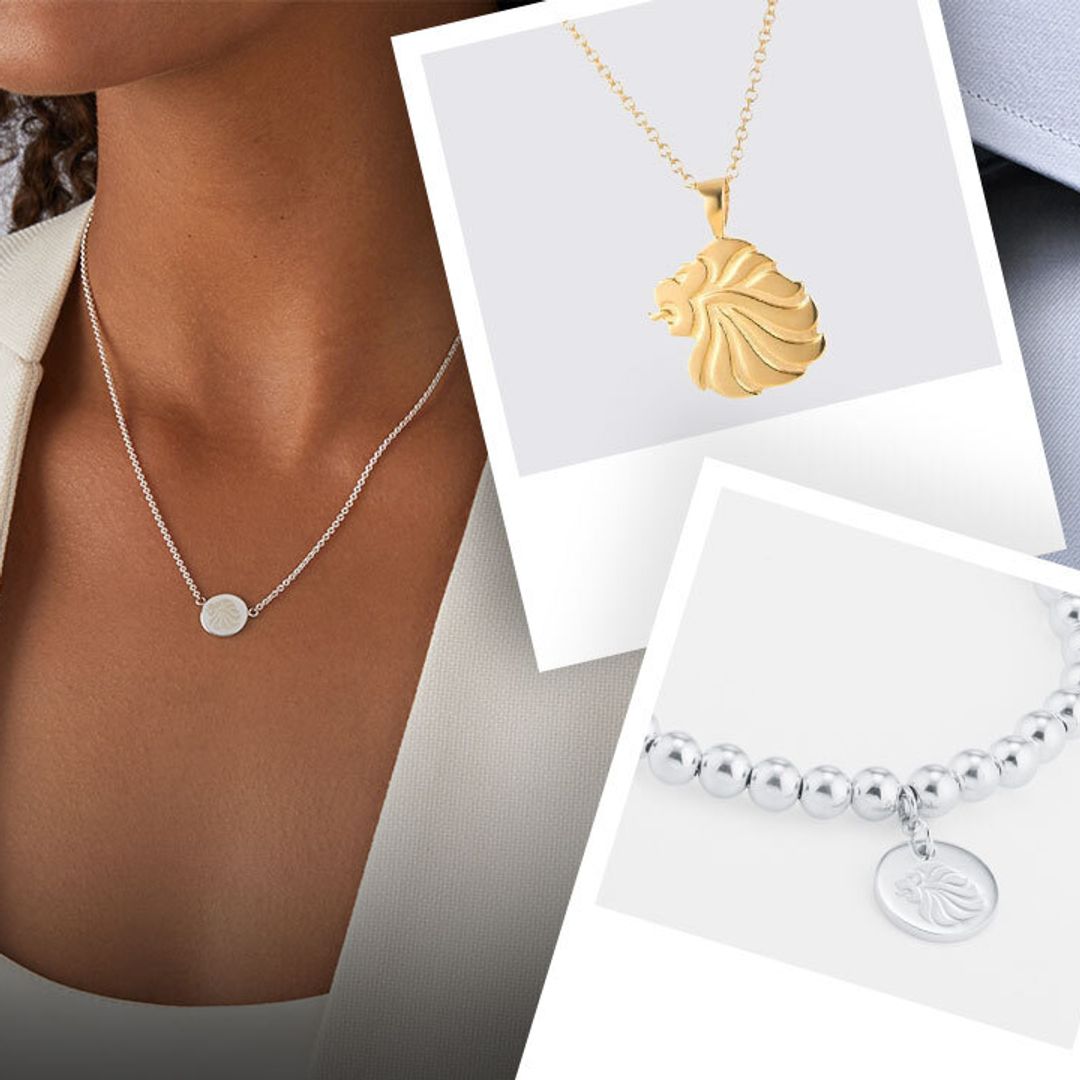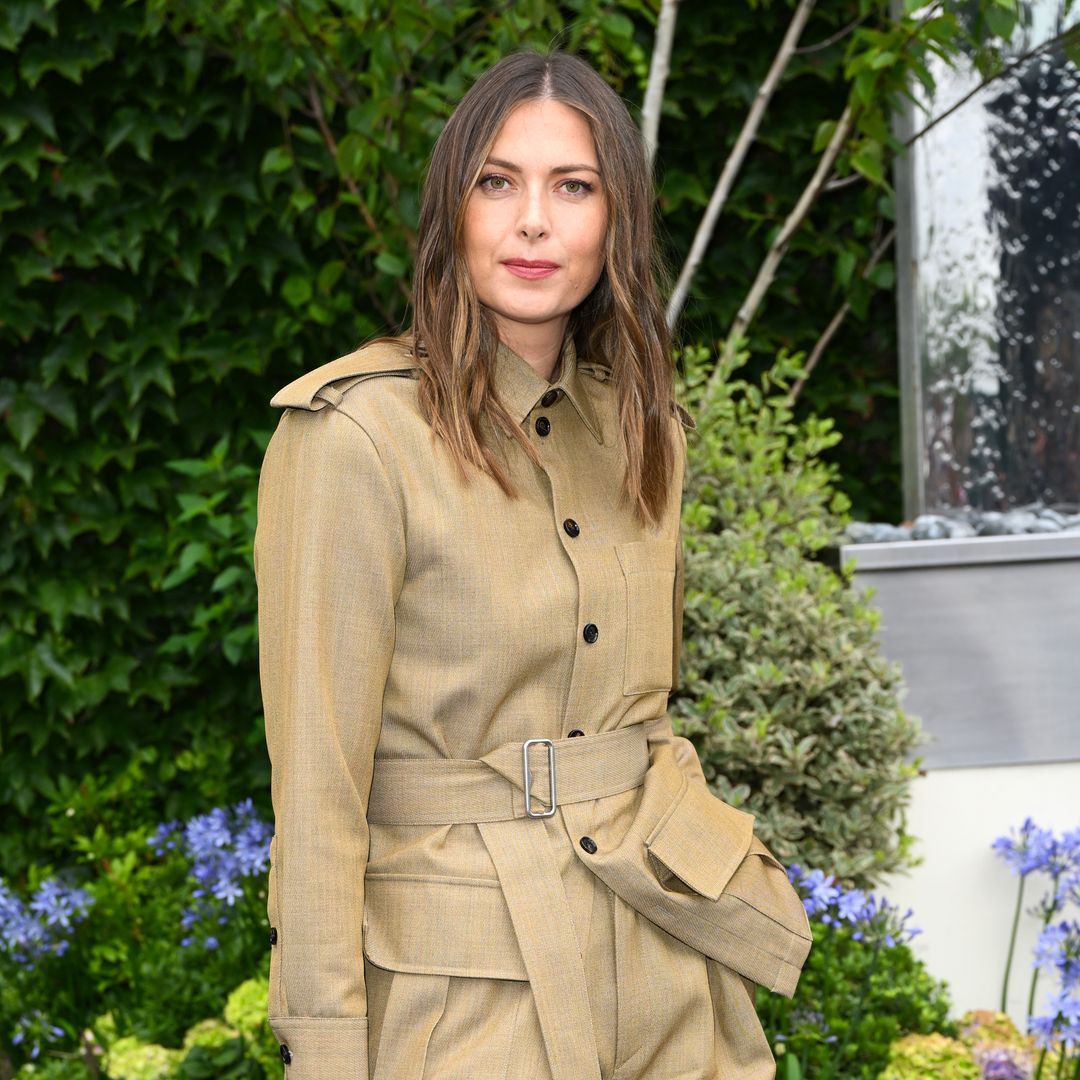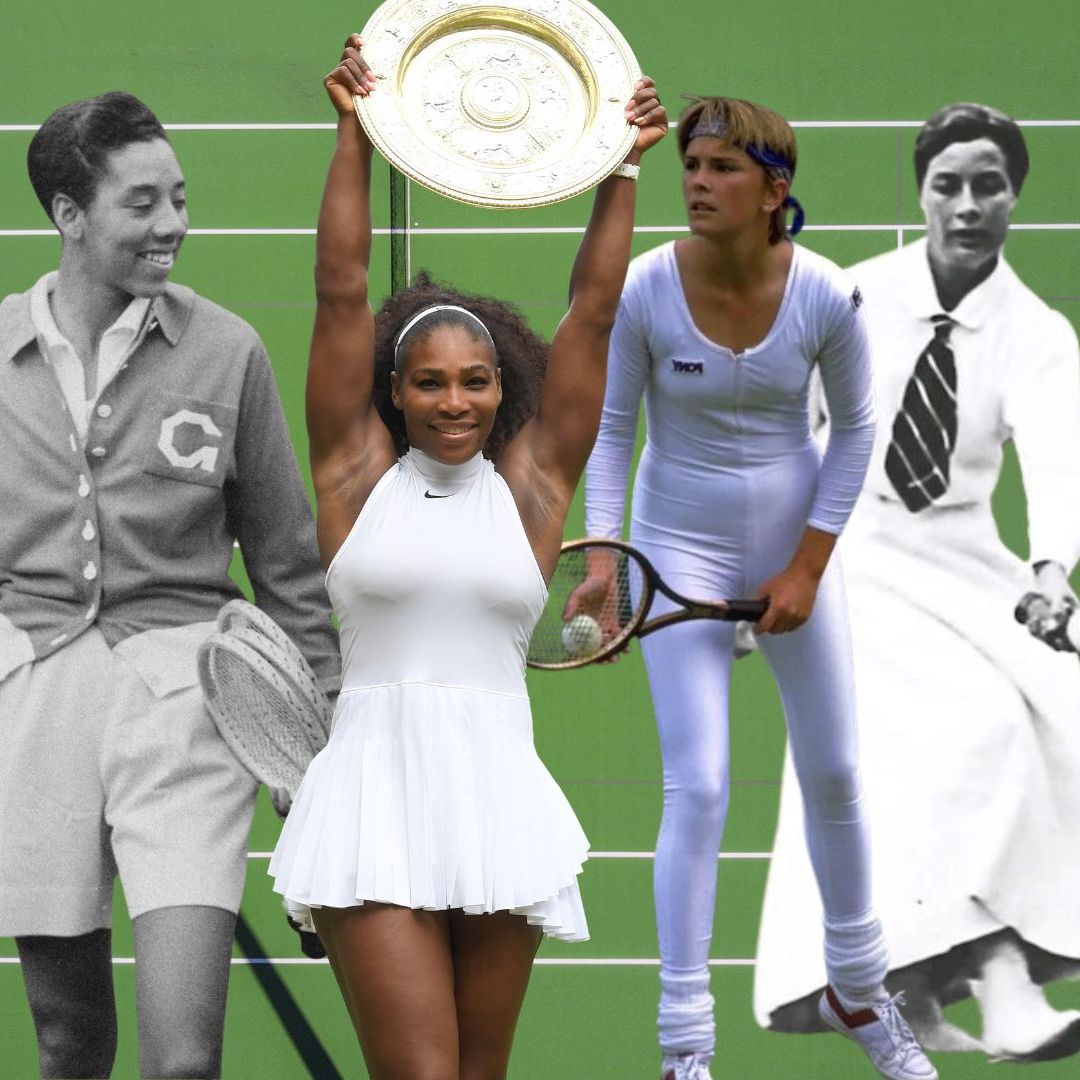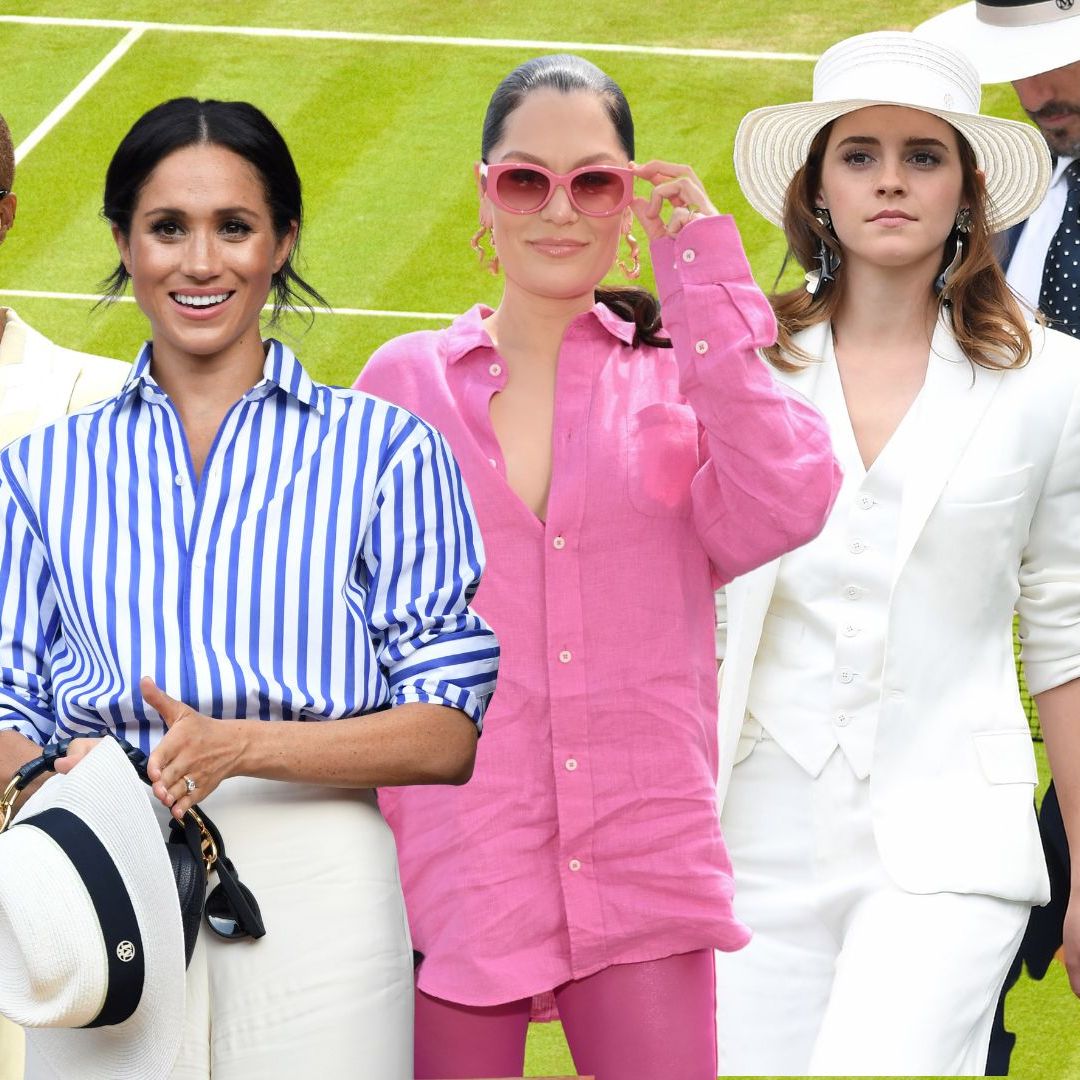TikTok is the birthplace of endless fashion and beauty trends that have had incomprehensible influence on the sartorial sphere. Love them or hate them, movements like ‘Barbiecore’, ‘Mermaidcore’ and ‘Coastal Grandmother’ have, and continue to, have a cult influence across the social media-verse and beyond.
The reason we jump on the bandwagon for the latest fashion and beauty trends is because “We often conform to the norms of a group to gain acceptance of its members,” according to Psychology World, “Friends may also wear similar clothing to their peers to experience a sense of belonging and to emphasise their shared ideas.”
This is not to say that all people follow trends to fit in, but all humans do want a sense of belonging.
The problem with trends like the Vanilla Girl trend, is that the exclusionary nature means that people outside of a particular demographic may not feel like they do belong, or that they can be involved in what everybody else is doing right now, if they want to. Isn’t that everything we’re trying to move away from in these industries?
The hashtag #VanillaGirl has been viewed over half a billion times, and #vanillagirlaesthetic has 188.8 million. Barbiecore, Mermaidcore and Coastal Grandmother combined only has around 600 million. If the name doesn’t already suggest that it might be exclusionary, the aesthetic of the trend literally does what it says on the tin.
What is the ‘Vanilla Girl’?
The vanilla girl is minimalistic. She wears natural ‘no makeup-makeup’, sports soft, neutral shades of clothing and lights her scented candles every evening. She goes to get her iced coffees in her low-rise UGG boots, and probably drinks it in her white bedding, boucle headboard mandatory of course. Djerf Avenue founder Matilda Djerf is often idolised as encapsulating everything the perfect vanilla girl stands for, enhanced by her enviable bouncy blowdry (another component of the ideal v-girl aesthetic).
Is the Vanilla Girl trend inclusive?
The problem isn’t that trends like this are intentionally exclusionary, but the lack of awareness that they could be is important to address.
It might seem like this trend is just another take on minimalism, but there’s a huge difference between sartorial simplicity, and giving a whole aesthetic an incredibly contentious name that is potentially harmful for people who feel they physically can’t be involved in. Not because they don’t want to, but because they can’t. For example, one TikTok user commented below a video on the topic saying: “We typically can't wear the messy bun and effortlessly homely look and still be taken seriously by society" whilst another said: "I’ve noticed that for poc girls it’s oh ur a caramel girl or chocolate girl like why can’t we vanilla girls too ??"
Musician, public speaker and Trinidadian-American Trish Hosein (better known by her stage name, Trishes) took to TikTok to explain why the trend, as she expresses, perpetuates Eurocentric beauty standards. “We have lived our entire lives under the beauty trend of whiteness. Under this social hierarchy, beauty trends started by people of colour are actually rebellion and a reclamation of power.”
The trend blew up around the same time as the Mielle rosemary hair oil TikTok controversy. In case you missed it: the hair strengthening oil tailored to black consumers was listed on influencer (blonde hair, blue-eyed) Alix Earle’s top Amazon finds of 2022. One user commented on a video highlighting the issue posted by influencer @kellyannestone: “We can’t have nothing, bruh.” The feeling is that once people take products as such and run with them, similar products then appear across shops, taking the focus away from: the black-owned business and the reason why the product was necessary in the first place.
Hosein continued, “Whereas beauty trends that are meant to be exclusive to white womanhood are a hoarding of power. Beauty as a whole is exclusionary, and it's exclusionary on behalf of whiteness perpetuating that exclusivity in any way is harmful.”
Others also feel that this trend is to purposely to exclude people of colour. Twitter user @dajjrambo wrote, “The clean girl aesthetic was funny because they said maybe we weren’t specific enough, the black girls are doing it let’s call it vanilla girl aesthetic” and @jordanmariem221 said “Vanilla girl” is literally “clean girl” rebranded to make it clear this one not for the black girls.
Like this story? Sign up to our Hello! Fashion newsletter to get your weekly 'Fashion Fix' delivered straight to your inbox.
